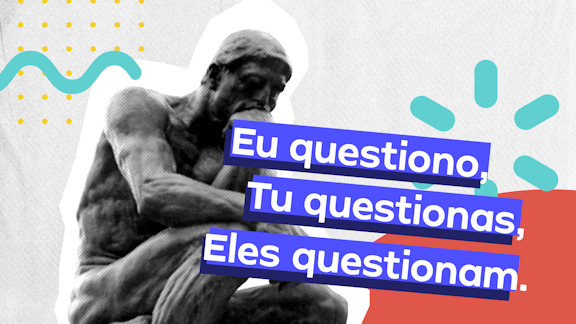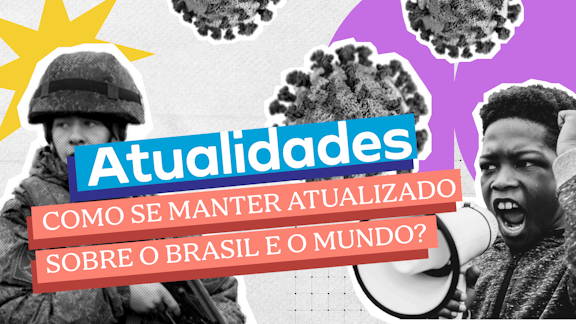Experiments on mice
Read the text below and answer the following
question based on it.
More than half your body is not human
Human cells make up only 43% of the body's total cell
count. The rest are microscopic colonists.
Understanding this hidden half of ourselves - our
microbiome - is rapidly transforming understanding of
diseases from allergy to Parkinson's.
No matter how well you wash, nearly every nook and cranny
of your body is covered in microscopic creatures.
This includes bacteria, viruses, fungi and archaea
(organisms originally misclassified as bacteria). The
greatest concentration of this microscopic life is in the dark
murky depths of our oxygen-deprived bowels.
The human genome - the full set of genetic instructions for a
human being - is made up of 20,000 instructions called
genes.
But add all the genes in our microbiome together and the
figure comes out between two and 20 million microbial
genes.
Prof Sarkis Mazmanian, a microbiologist from Caltech,
argues: "We don't have just one genome, the genes of our
microbiome present essentially a second genome which
augment the activity of our own.
Science is rapidly uncovering the role the microbiome plays
in digestion, regulating the immune system, protecting
against disease and manufacturing vital vitamins.
It is a new way of thinking about the microbial world. To
date, our relationship with microbes has largely been one of
warfare.
Antibiotics and vaccines have been the weapons unleashed
against the likes of smallpox, Mycobacterium tuberculosis or
MRSA.
That's been a good thing and has saved large numbers of
lives.
But some researchers are concerned that our assault on the
bad guys has done untold damage to our "good bacteria".
Prof Knight has performed experiments on mice that were
born in the most sanitised world imaginable.
He says: "We were able to show that if you take lean and
obese humans and take their faeces and transplant the
bacteria into mice you can make the mouse thinner or fatter
depending on whose microbiome it got."
"This is pretty amazing right, but the question now is will this
be translatable to humans"
This is the big hope for the field, that microbes could be a
new form of medicine. It is known as using "bugs as drugs".
Adaptado de: < http://www.bbc.com/news/health-43674270>
Acessado em 13 de abril de 2018.
Read the text below and answer the following question based on it.
More than half your body is not human
Human cells make up only 43% of the body's total cell count. The rest are microscopic colonists.
Understanding this hidden half of ourselves - our microbiome - is rapidly transforming understanding of diseases from allergy to Parkinson's.
No matter how well you wash, nearly every nook and cranny of your body is covered in microscopic creatures.
This includes bacteria, viruses, fungi and archaea (organisms originally misclassified as bacteria). The greatest concentration of this microscopic life is in the dark murky depths of our oxygen-deprived bowels.
The human genome - the full set of genetic instructions for a human being - is made up of 20,000 instructions called genes.
But add all the genes in our microbiome together and the figure comes out between two and 20 million microbial genes.
Prof Sarkis Mazmanian, a microbiologist from Caltech, argues: "We don't have just one genome, the genes of our microbiome present essentially a second genome which augment the activity of our own.
Science is rapidly uncovering the role the microbiome plays in digestion, regulating the immune system, protecting against disease and manufacturing vital vitamins.
It is a new way of thinking about the microbial world. To date, our relationship with microbes has largely been one of warfare.
Antibiotics and vaccines have been the weapons unleashed against the likes of smallpox, Mycobacterium tuberculosis or MRSA.
That's been a good thing and has saved large numbers of lives.
But some researchers are concerned that our assault on the bad guys has done untold damage to our "good bacteria".
Prof Knight has performed experiments on mice that were born in the most sanitised world imaginable.
He says: "We were able to show that if you take lean and obese humans and take their faeces and transplant the bacteria into mice you can make the mouse thinner or fatter depending on whose microbiome it got."
"This is pretty amazing right, but the question now is will this be translatable to humans"
This is the big hope for the field, that microbes could be a new form of medicine. It is known as using "bugs as drugs".
Adaptado de: < http://www.bbc.com/news/health-43674270> Acessado em 13 de abril de 2018.
Gabarito comentado
Resposta: Alternativa C
Tema central: interpretação de afirmação sobre experimentos com camundongos e o que eles podem (ou não) dizer a respeito dos efeitos em humanos. É necessário entender o conceito de pesquisa translacional: modelos animais são ferramentas úteis, mas têm limitações.
Resumo teórico progressivo: Modelos animais (como ratos e camundongos) permitem testes controlados de hipóteses biológicas e mecanismos causais. Eles facilitam observações que seriam impossíveis ou antiéticas em humanos. No entanto, diferenças genéticas, fisiológicas e ambientais entre espécies podem impedir que resultados em animais se reproduzam integralmente em humanos. Por isso, estudos em animais indicam possibilidades e geram hipóteses, não garantias.
Justificativa da alternativa C: A alternativa C diz que tais experimentos "might help understand how things would work in humans" — ou seja, podem ajudar a entender o que ocorreria em humanos. Isso expressa a ideia de potencial informativo sem afirmar certeza absoluta. No texto-base há justamente a dúvida sobre translação para humanos ("the question now is will this be translatable to humans"), o que confirma que a opção C é a mais compatível com o conteúdo.
Análise das alternativas incorretas:
A (sempre resultaram em ganhos para humanos) — incorreta: "sempre" é absoluto; muitos achados em animais não se traduziram em tratamentos humanos efetivos.
B (nunca são válidos para humanos) — incorreta: "nunca" é extremo; muitos avanços médicos começaram com sucesso em modelos animais.
D (mostram exatamente como funcionaria em humanos) — incorreta: resultados exatos são raros devido às diferenças entre espécies; a tradução é incerta.
E (foram banidos) — incorreta: uso de animais é regulado por comitês de ética e leis, mas não é proibido globalmente; pesquisas continuam sob normas (ex.: diretrizes de bem-estar animal e revisão ética).
Dica estratégica para provas: preste atenção a palavras absolutas (always, never, exactly) — geralmente armadilhas. Prefira alternativas que expressem cautela lógica quando o texto apresenta incerteza.
Fontes/referência conceitual: princípios de pesquisa translacional (NIH) e literatura sobre limites de modelos animais (revistas científicas como Nature Reviews).
Gostou do comentário? Deixe sua avaliação aqui embaixo!






